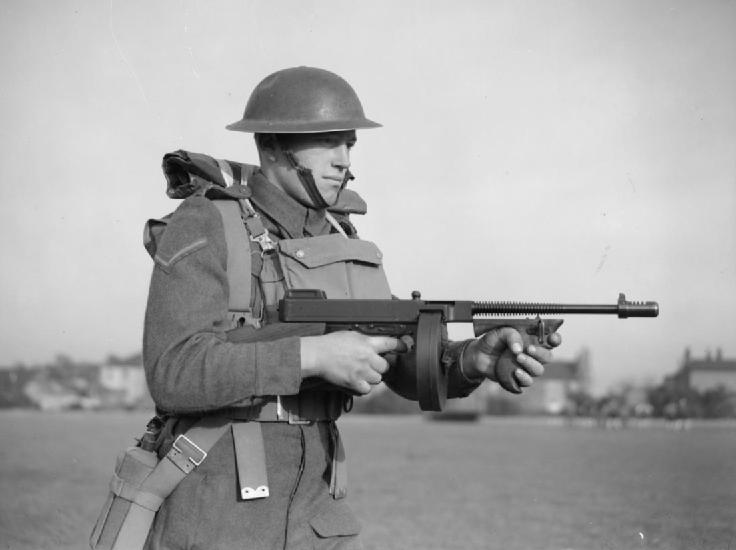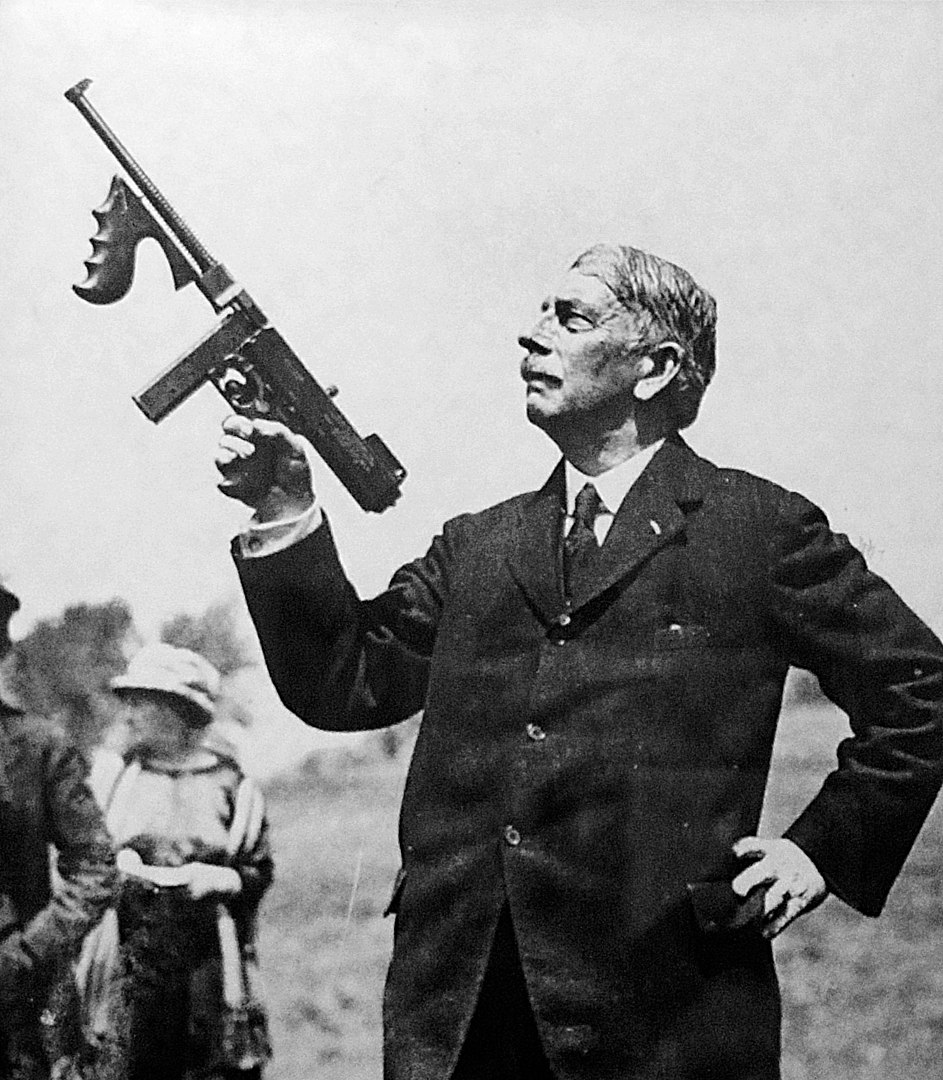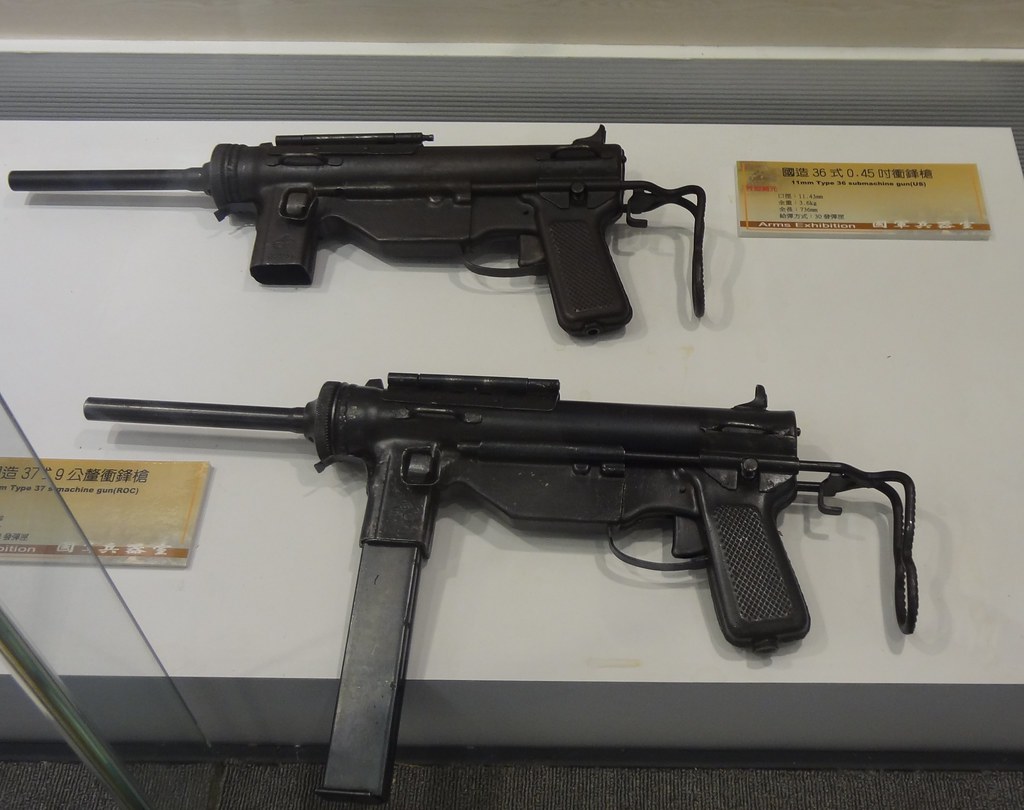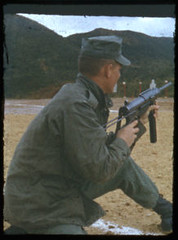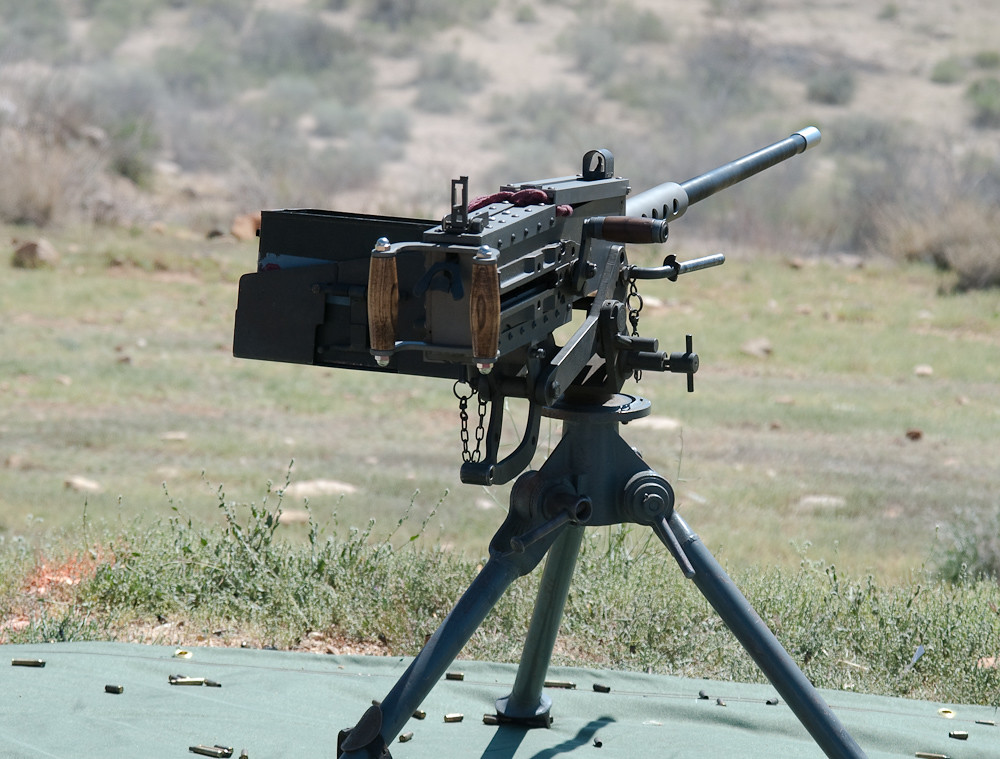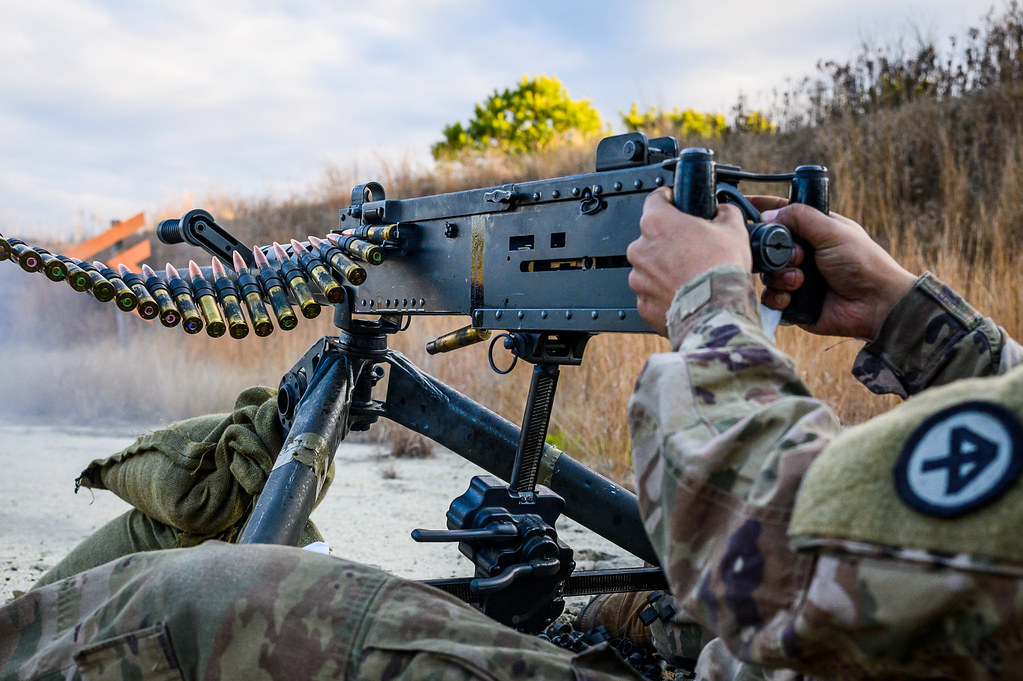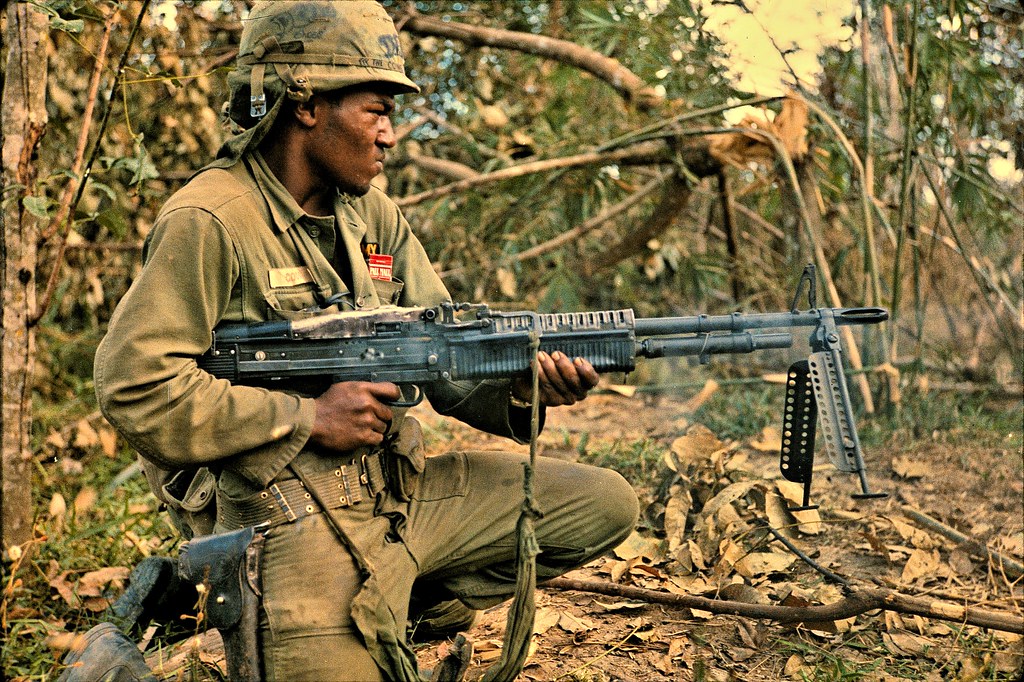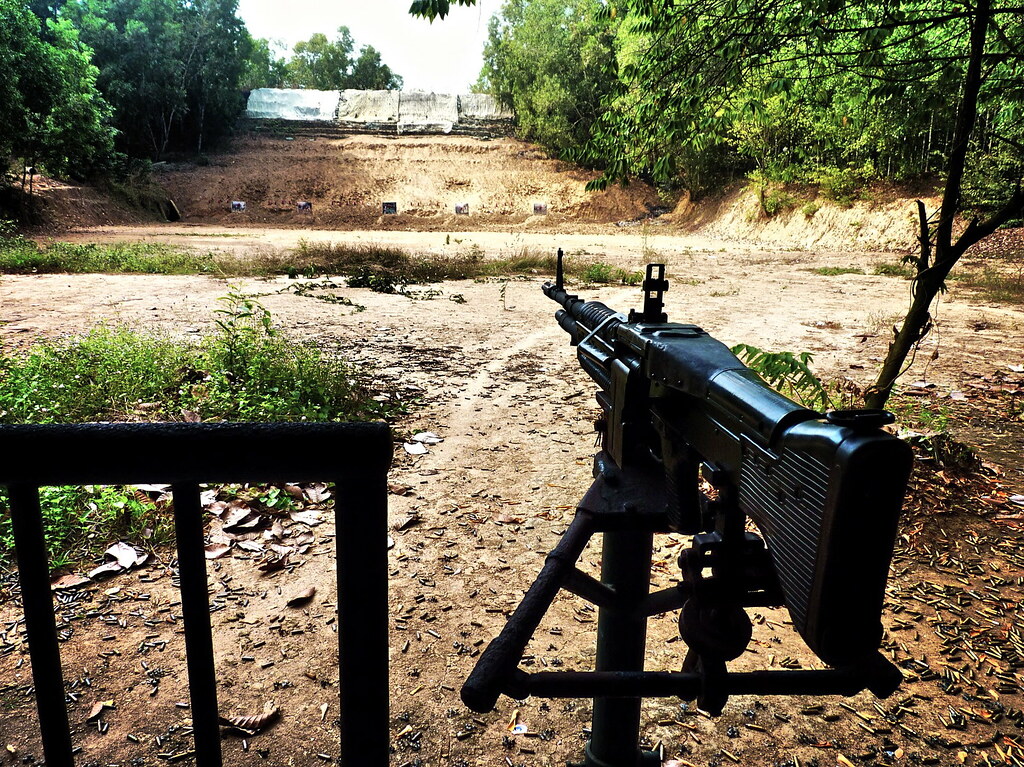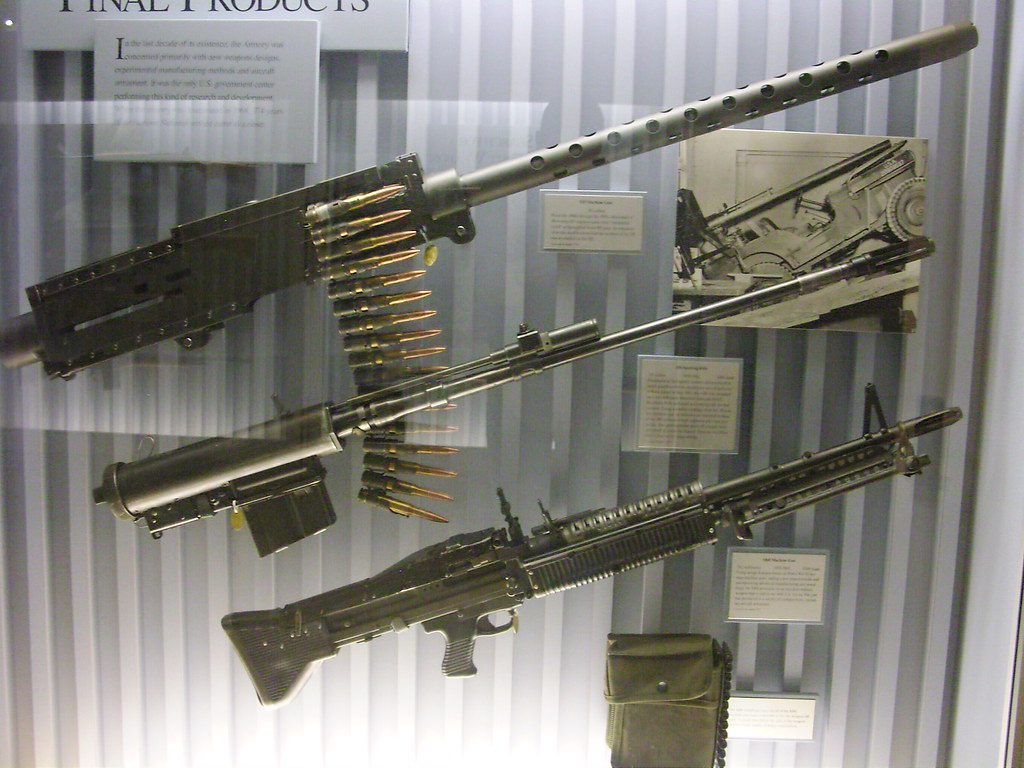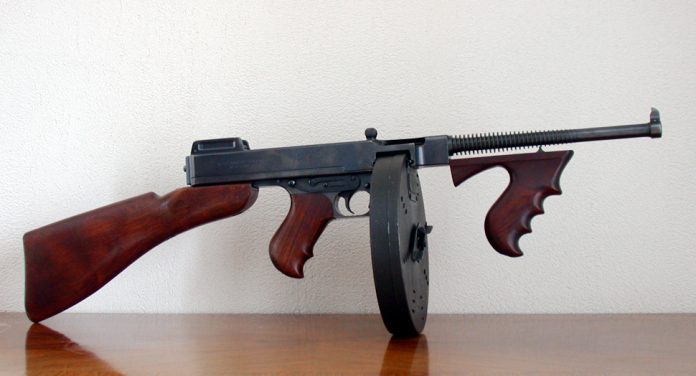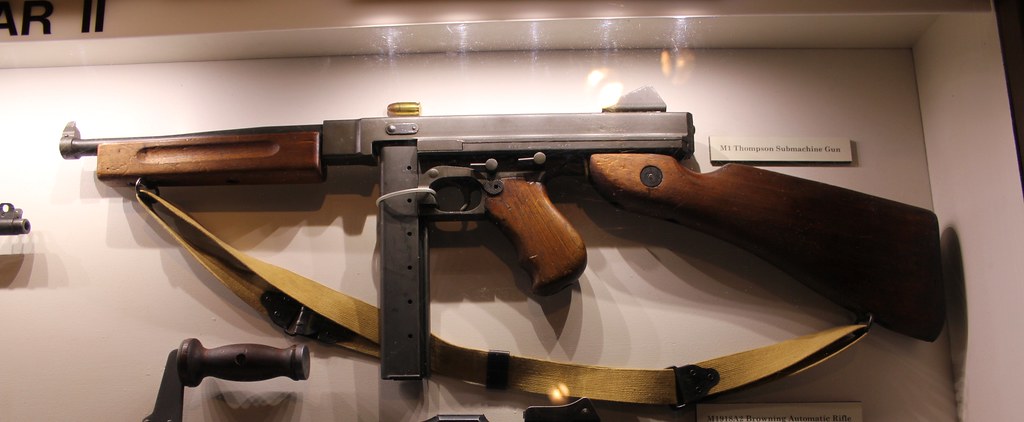
The monikers given to military service weapons are more than mere labels; they encapsulate the history, sentiment, and identity of the equipment that has served alongside U.S. forces in conflicts across generations. While the official nomenclature of these arms is determined by the military’s logistics and procurement systems, it is the troops who bring these names to life, and in doing so, breathe personality into the metallic sinews of warfare.
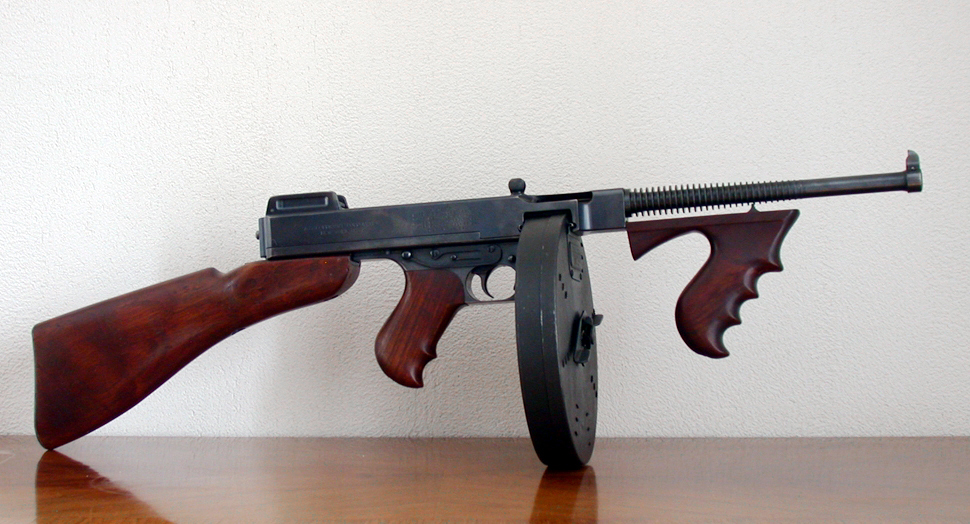
One cannot discuss the tradition of nicknaming military service weapons without mentioning the iconic M1 Thompson submachine gun, affectionately known as the “Tommy Gun.” This weapon also earned other epithets, including “Chicago Typewriter,” a name bestowed by gangsters that underscored its rapid-fire ability. Yet, “Tommy Gun” remains the enduring term, perhaps because it embodies the weapon’s rugged simplicity and reliability.
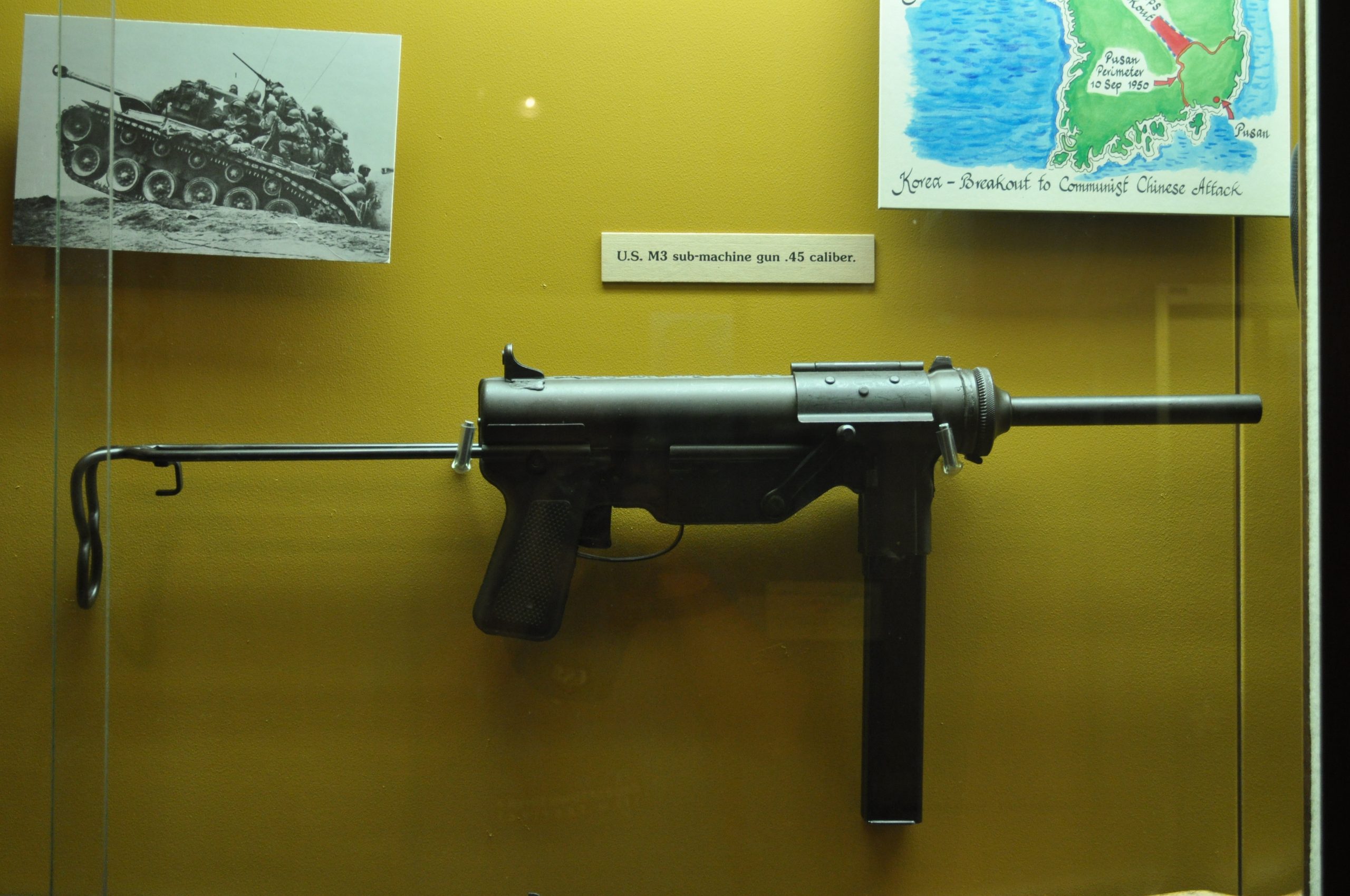
Equally fascinating is the tale of the M3A1 Submachine Gun, dubbed “The Grease Gun”. Its industrial appearance bore a strong resemblance to the mechanic’s tool, and the nickname stuck, overshadowing its official designation. The M3 was a cost-effective alternative to the Thompson, and its name, “The Grease Gun,” was a testament to its functionality and no-frills design.
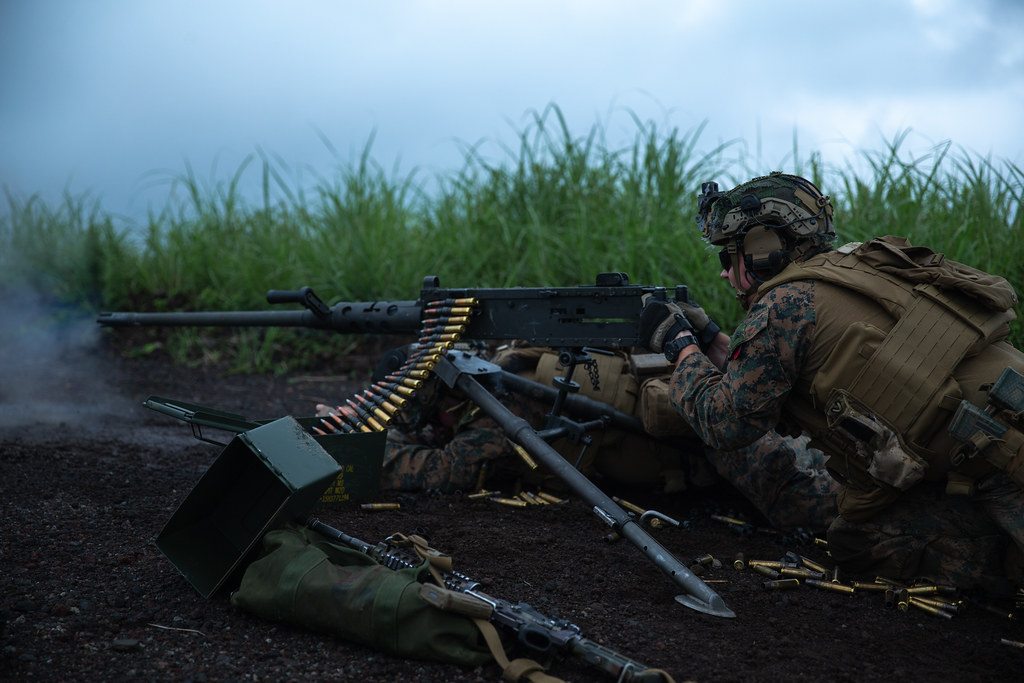
The M2 Machine Gun, the brainchild of the ingenious John Browning, was christened “Ma Deuce”. This heavy machine gun, initially intended to combat the tanks of World War I, found a more lasting role in providing suppressing fire and engaging lightly armored targets. The affectionate nickname “Ma Deuce” suggests a protective quality, as soldiers relied on its formidable presence on the battlefield.
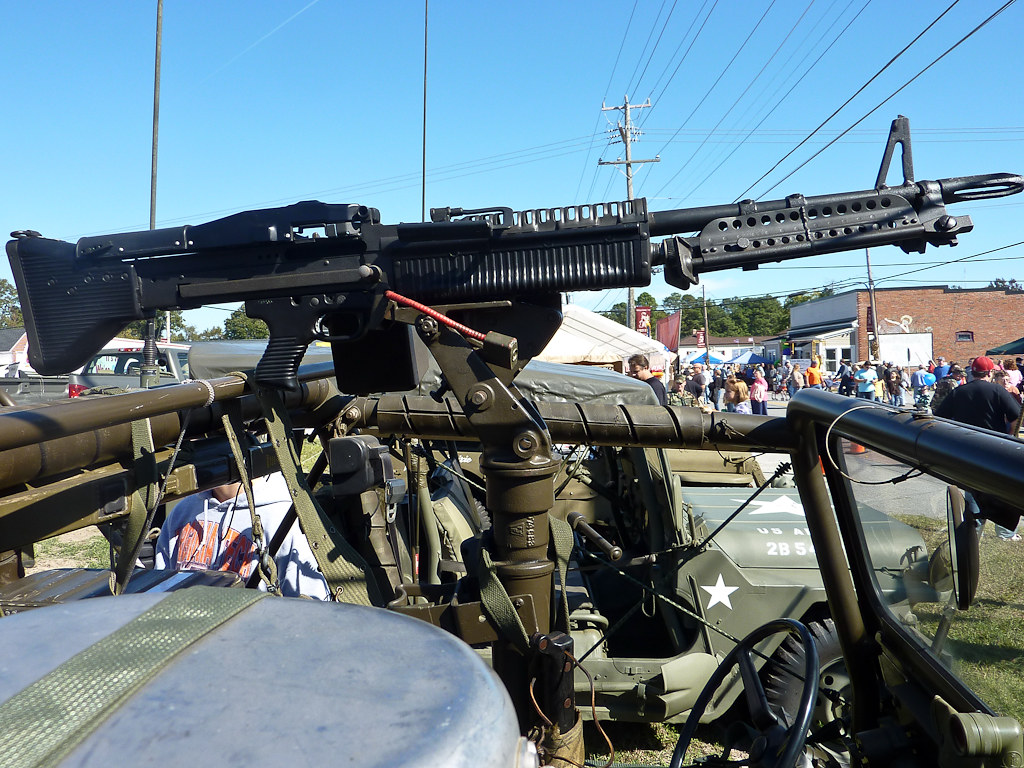
In contrast, the M60 Machine Gun was known as “The Pig,” a less endearing but fitting description of the belt-fed weapon’s demanding nature. Serving from 1957 through various conflicts, including Vietnam, it gained a reputation for being a true “beloved pet to the infantryman,” despite its challenges.

The Maxim MG08, the original machine gun, was called “The Devil’s Paintbrush.” Its devastating effectiveness in World War I, where it played a pivotal role in creating the harrowing landscapes of “No Man’s Land,” earned it this sinister but apt name.
related images you might be interested.
